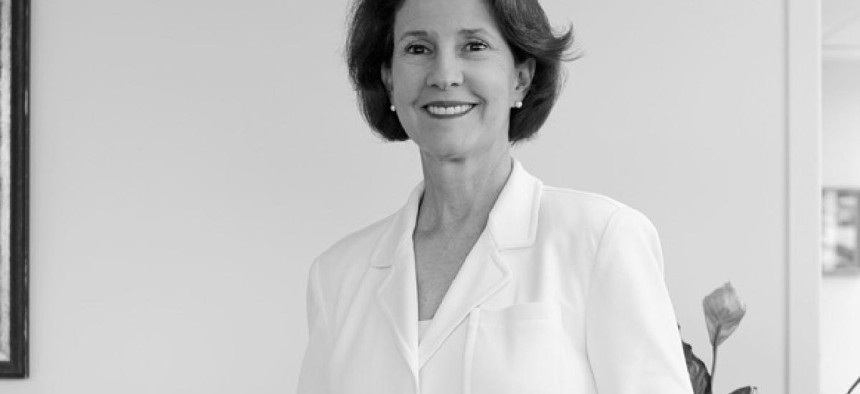
Suzanne Glassman
Leadership Lessons: Inez Moore Tenenbaum, Consumer Product Safety Commission
CPSC chief opens lines of communication.
This is the fifth in a series of profiles based on interviews for the book Paths to Making a Difference: Leading in Government (Rowman & Littlefield, 2011) by Paul R. Lawrence and Mark A. Abramson, which highlights the management lessons of 24 political executives during their first 18 months in the Obama administration.
When Inez Moore Tenenbaum became the ninth chair of the Consumer Product Safety Commission in June 2009, she was greeted by a mandate to issue new industry regulations as well as a backlog of unfinished business. Her immediate goals were to improve communication and transparency at the agency, which is charged with protecting the public against risks of injury or death from consumer products. With a background in state government, Tenenbaum came to the position with experience in education, public health and social services.
Tenenbaum’s experience at CPSC offers three leadership lessons for all government executives on breaking down barriers to success.
Lesson One: Assess Where Your Organization Is
During her initial days on the job, Tenenbaum assessed where the agency stood and what needed to be done first. She did not start off with a clean slate. When she arrived in 2009, CPSC was still reeling after recalling millions of Chinese-made toys that were contaminated with lead paint and cracking down on sales of dangerous baby cribs. These widespread consumer hazards had led Congress to pass the Consumer Product Safety Improvement Act in August 2008, which expanded the agency’s regulatory mandate.
Tenenbaum faced the challenge of issuing regulations mandated by the new law while clearing a backlog of rules that had not been finalized. During her first year she focused on responding to the unfinished agenda so CPSC could begin to shift its attention away from rule-making toward greater outreach, education and partnerships.
Lesson Two: Speed Up the Organization
Like many of the political executives interviewed for this project, Tenenbaum wanted to speed up the pace at her agency. “I found a lack of a sense of urgency,” she recalls. “I told our staff and the Office of General Counsel to pick up the pace. Everything was simply taking too long. The delays were burdensome on industry. Industry needed to know what we were going to do so they could be ready to respond. We started to give deadlines and schedules to our folks, and we then followed up. We had three major rules to get done, and I wanted them done by the fall.”
To foster efficiency, Tenenbaum created teams of lawyers, compliance staff and engineers to work jointly on a rule instead of sequentially, as in the past. CPSC moved to a new structure organized by types of goods -- such as children’s merchandise, household products and appliances. “We would then create teams with all the right people on it,” she says. “We wanted people working together. The old way was taking years to get things done, and it shouldn’t have taken us that long.”
Tenenbaum believes results come from leading by example. “I think organizations respond to the speed of the leader,” she says. “Agency personnel can see that my staff and I are working very hard. I try hard to let everybody know what is expected.”
Lesson Three: Improve Communications
Other problems at the agency included poor internal communications, even among commissioners, and a lack of transparency in operations. “I tried to open up the agency,” she recalls. “I started to meet with all my key managers about how we were going to operate. I started weekly meetings with the other commissioners. I also started holding votes at our meetings and broadcasting those meetings on the Web.”
Tenenbaum also sought better ways to communicate with the public, and pushed to expand the agency’s use of social media. The resulting initiative, CPSC 2.0, included launching the OnSafety website, which features blogs, product updates and recall alerts.
Social networking also makes the agency more visible, she says. “We are getting increased attention. We are reaching out to the national media. We also receive a lot of attention from local media,” Tenenbaum says. “This is part of educational role. The morning talk shows frequently want us to appear. They want information on recalls and what people can do about recalls.”
Paul R. Lawrence is a principal at Ernst & Young LLP (paul.lawrence@ey.com). Mark A. Abramson is president of Leadership Inc. (mark.abramson@thoughtleadershipinc.com).
NEXT STORY: U.S. withdraws staff from Syrian embassy






